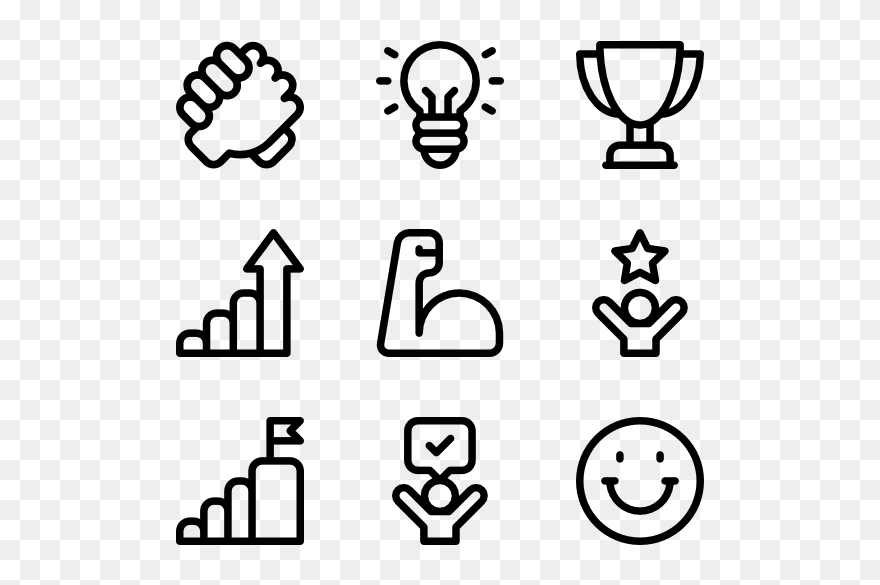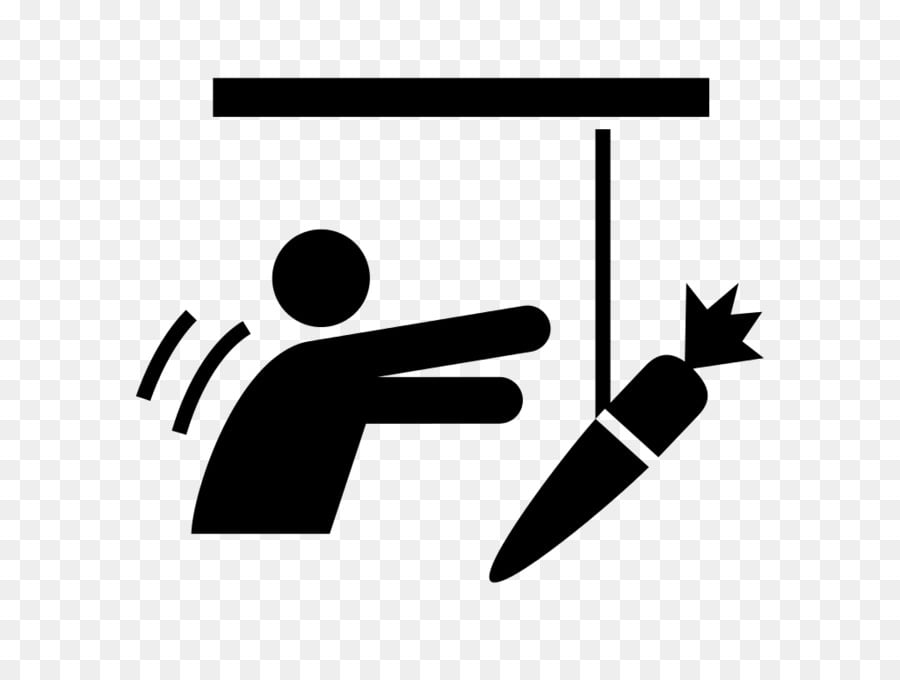Unlocking Creative Potential: A Multifaceted Approach to Innovative Thinking
In contemporary society, creativity and innovation are paramount across diverse sectors. This article examines fifteen evidence-based strategies for cultivating creative thinking, drawing upon established psychological principles and illustrating their application through real-world examples. Key concepts, such as divergent thinking, growth mindset, and the importance of mindful practice, will be defined and explored within the context of enhancing innovative thought processes.
1. Fostering a Growth Mindset: Cultivating Creative Capacity
A cornerstone of creative development is the adoption of a growth mindset, a belief that abilities are malleable and improvable through dedicated effort (Dweck, mindset theory). This contrasts with a fixed mindset, which perceives abilities as inherent and unchanging. Consistent practice, perseverance in the face of challenges, and a willingness to experiment are vital components. The iterative nature of creative endeavors necessitates a commitment to continuous learning and refinement, mirroring Edison's famous assertion that genius is predominantly the result of persistent effort.
2. Leveraging Divergent Thinking: Exploring Unconventional Solutions
Divergent thinking, a cognitive process characterized by generating multiple solutions to a single problem, is crucial for fostering innovation (Guilford, structure of intellect model). This involves exploring diverse perspectives, challenging established norms, and embracing unconventional approaches. Tesla's innovative approach to sustainable transportation exemplifies the power of divergent thinking in disrupting traditional industries and creating paradigm shifts.
3. Expanding Knowledge Horizons: Enriching Creative Inputs
Cognitive psychology emphasizes the role of knowledge acquisition in creative problem-solving. A broad knowledge base allows for the formation of novel connections between seemingly disparate ideas, fostering insightful solutions. This polymathic approach, mirroring the diverse expertise of Leonardo da Vinci, enhances creative capacity by providing a richer palette of concepts and experiences from which to draw inspiration.
4. Cultivating Mindfulness: Enhancing Focus and Clarity
Mindfulness practices, involving focused attention on the present moment, have been shown to improve cognitive functions, including attention and focus (Kabat-Zinn, mindfulness-based stress reduction). By reducing mental clutter and enhancing concentration, mindfulness creates a conducive environment for creative thinking. The emphasis on deliberate focus and mental clarity aligns with anecdotal accounts of innovative figures, such as Steve Jobs, who utilized meditation to enhance creative output.
5. Embracing Failure as a Learning Opportunity: Resilience in Creative Processes
Resilience is a crucial attribute in creative endeavors. Viewing setbacks as opportunities for learning and refinement, rather than as indicators of failure, is fundamental to continuous growth (Masten, resilience theory). This perspective allows for iterative improvements, refining concepts and honing skills. Walt Disney's persistent pursuit of his vision, despite numerous initial failures, underscores the importance of resilience in overcoming obstacles and achieving creative success.
6. Harnessing Collaborative Power: The Synergy of Diverse Perspectives
Social constructivism highlights the importance of social interaction in knowledge construction. Collaborative environments, characterized by diverse perspectives and open communication, foster idea exchange and cross-pollination of insights (Vygotsky, sociocultural theory). Pixar Animation Studios' success underscores the significance of collaborative cultures in driving innovation and creative excellence.
7. Designing a Conducive Environment: Optimizing the Creative Workspace
Environmental psychology emphasizes the influence of physical surroundings on cognitive processes. Creating a stimulating workspace, characterized by elements such as natural light, aesthetically pleasing visuals, and ergonomic design, can significantly enhance focus and creativity. A well-designed space fosters a sense of calm, reducing distractions and promoting a more productive creative process.
8. Utilizing Mind Mapping: Structuring and Visualizing Ideas
Mind mapping, a visual brainstorming technique, aids in organizing complex thoughts and identifying connections between ideas (Buzan, mind mapping). By visually representing concepts and their relationships, mind mapping facilitates the generation of new insights and enhances creative problem-solving.
9. Transforming Constraints into Opportunities: The Power of Limitation
Constraints, while seemingly restrictive, can often serve as catalysts for creative solutions. The process of overcoming limitations frequently leads to innovative and efficient outcomes (Simon, bounded rationality). Twitter's character limit, for example, stimulated the development of concise and impactful communication strategies.
10. Prioritizing Rest and Reflection: Rejuvenating Creative Energy
Cognitive restoration theory postulates that periods of disengagement from tasks allow for mental rejuvenation and enhanced cognitive performance (Kaplan & Kaplan, restorative environments). Regular breaks and periods of disconnection are essential for preventing burnout and fostering fresh perspectives, thereby enhancing creative output. Bill Gates' practice of dedicated "Think Weeks" illustrates the importance of deliberate disconnection for innovative thinking.
11. Seeking Inspiration in Nature: Harnessing Biophilic Design
Biophilic design, integrating natural elements into built environments, has been shown to positively impact cognitive function and creativity (Wilson, biophilia hypothesis). Spending time in nature can provide a source of inspiration, fostering relaxation and sparking new ideas.
12. Engaging in Creative Practices: Strengthening Creative Skills
Regular engagement in creative activities, such as painting, writing, or music, strengthens cognitive flexibility and enhances creative abilities. These activities stimulate the imagination, overcome mental blocks, and promote fluency in generating innovative ideas.
13. Fostering a Culture of Innovation: Institutionalizing Creative Processes
Organizational culture significantly influences employee behavior and creativity. Companies that cultivate environments that value and reward innovative thinking experience higher levels of employee engagement and increased creative output. Google and 3M are examples of companies that actively foster cultures of innovation.
14. Embracing Diversity and Inclusion: Leveraging Collective Intelligence
Diversity fosters innovation by bringing together individuals with varied experiences, perspectives, and backgrounds. Inclusive environments encourage open communication and collaboration, maximizing collective intelligence and generating a wider range of creative solutions.
15. Practicing Reflective Learning: Continuous Improvement in Creative Processes
Regular reflection on creative processes, analyzing successes and failures, allows for continuous improvement and refinement of strategies. This iterative approach facilitates the development of more effective creative practices and enhances innovative thinking.
Conclusions and Recommendations
This article presents a comprehensive framework for cultivating creative thinking, integrating psychological principles with practical strategies. The findings emphasize the interconnectedness of various factors, including mindset, environmental influences, and collaborative dynamics, in shaping creative potential. Recommendations for future research include longitudinal studies examining the long-term impact of specific strategies, exploring the role of technology in enhancing creative processes, and investigating the effectiveness of different interventions across diverse cultural contexts. The application of these strategies holds significant implications for individuals, organizations, and society as a whole, fostering innovation and progress in various fields. By embracing a holistic approach, incorporating a growth mindset, and actively seeking opportunities for learning and collaboration, individuals and organizations can unlock their creative potential and drive transformative change.






No comments yet. Be the first to share your thoughts!